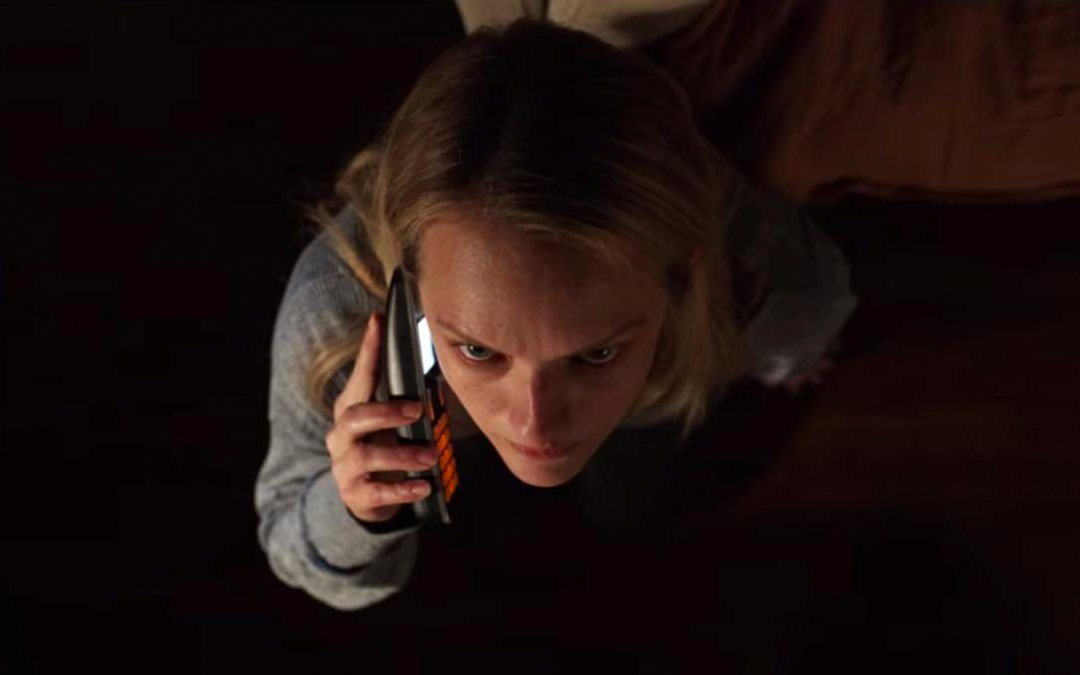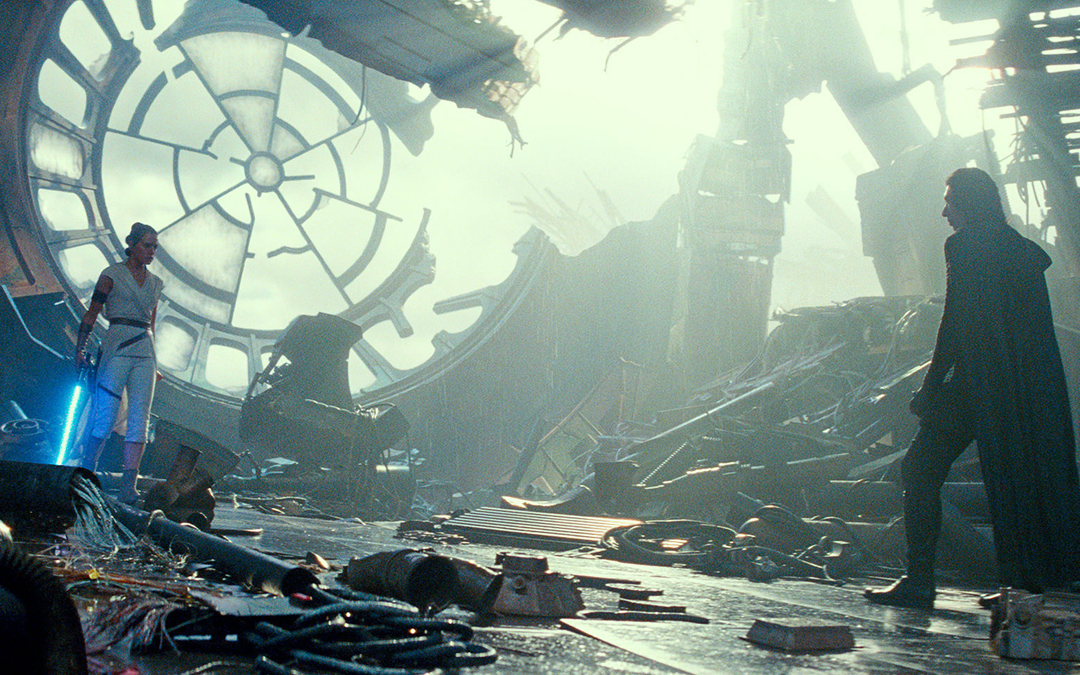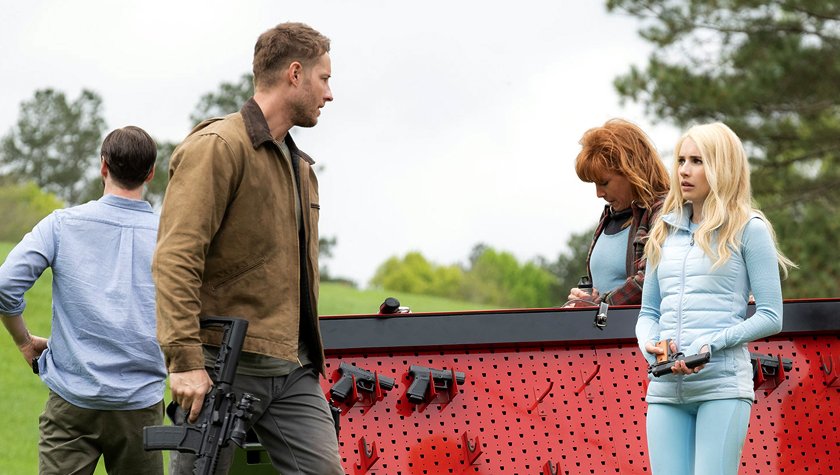Five Takeaways From Hulu's 'High Fidelity'
February 26, 2020
Your weekly break-down of a popular movie or television episode to see what a screenwriter—or any writer, for that matter—can take away from what’s on screen: what worked, what didn’t, and how you can use what’s popular to craft better stories.
Award season is over, so there’s no better time to talk shows and movies that may have flown under the radar but are still worth a screenwriter’s time.
High Fidelity (The Series) just dropped on Hulu this month, proving that whiskey, cigarettes, playlists and heartbreak can be elevated into an art form in this effortlessly cool remix on well-known source material. For those who didn’t grow up vinyl nerds or John Cusack fans, let me bring you up to speed:
Nick Hornby wrote a novel called “High Fidelity” in 1995. Then came the Cusack film version in 2000, a Broadway musical in 2006, and now a Hulu series with a fresh coat of paint that still asks the age-old question: Which came first, the music or the misery? Turns out, it’s a question worth asking. The revamped version is undeniably hip, smart, sexy and funny. Like a classic song you forgot how good it was until you hear it again.
So, break out your favorite mixtape and belly up to the bar. There is plenty to learn from the criminally underrated first episode of High Fidelity.
*WARNING: Spoilers Ahead!*
-
Start your main character at their bottom so we’re along for their ride up. Look, it’s easy to root for a loser. Seeing a character start in a slump elicits sympathy from your audience. It’s a basic trick, but one that works—we want to see how they pull their life out of the toilet. In High Fidelity, we’ve got that in our protagonist Robyn 'Rob' Brooks (the swaggering Zoë Kravitz who is pitch perfect in this role). We open on Rob in tears, losing the love of her life in a breakup. She’s begging and pleading, but it does no good. Fast forward a year, and Rob’s even worse off: no dating life, moping around her record-filled apartment. Sympathy is a wonderful tool for screenwriters. There’s a universality to a character suffering through bad luck or circumstances. In High Fidelity this trope is a bit of a misdirect, as it turns out that Rob isn’t as innocent and unlucky as we might’ve first thought. See, as soon as she starts talking to the audience, we realize she may be largely to blame for her circumstances, which leads us to...
-
Flawed protagonists are always better for the story. Perfect characters are boring. Goody two shoes don’t help turn pages. High Fidelity doesn’t make that mistake. Rob is lazy, chain smokes, lies, cheats, curses and is overflowing with opinions on everything and anything. In short, Rob is infinitely human. It’s worth noting that while I said, “flawed protagonists are good for the story,” I didn’t mean to suggest that “your main character can be a jerk.” Choose wisely what flaws you’re illustrating. Going overboard on too many “flaws” can get away from you quickly. See, not all flaws are created equal. There’s a big difference between being lewd or having a bad habit, and say, abusing animals or being a racist, misogynist or sadist. You can lose all goodwill in your screenplay if you overdo it with the character flaws.
At the end of the day, the best protagonists are truly hurting themselves the most. They are suffering, they are flawed, they are human—and we see ourselves in them. Speaking of flaws, how do we know all of this about Rob in High Fidelity? Well, she’s got a real gift. She can talk to us, the audience.
-
When to break the fourth wall. The “fourth wall” is a performance concept originating in theater in which an invisible, imagined wall separates actors from audience. "Breaking the fourth wall" is shorthand for a character acknowledging that the audience is there. Sure, there are purists who will say that any use of narrators, asides, soliloquies, cutaways and voice over is in a sense “breaking the fourth wall.” However, modern convention tends to narrow this down to when a character stops, looks into the camera, and starts talking to us and not the characters in the scene. High Fidelity has always been a story where the main character “breaks the fourth wall” to talk to us, the audience. Our lead is aware we are out there, and wants us to know what they are thinking; a protagonist trying to better explain the behaviors that we see them committing onscreen. It’s part of High Fidelity’s very DNA. However, because it’s such a specialized tool, it’s very possible to overuse it or illicit groans from your readers when used as a band-aid for sloppy storytelling.
I know plenty of producers that hate this trope, screenwriting coaches that think this takeaway is a crutch, and we’ve all seen a bad movie where the narrator says something like, “I bet you’re wondering how I got here.” So, tread carefully before putting in narration, and be even more careful “breaking the fourth wall” and talking to your audience. We read, watch and listen to fiction to escape. Therefore, acknowledging the audience isn’t always the best tool in a screenwriter’s arsenal. Stories like High Fidelity, Ferris Bueller’s Day Off, and Fleabag get away with the fourth wall break because we learn, understand and grow to love our main characters more because of what they tell us in their asides and explanations. They are like a tour guide through their own fractured lives. Before utilizing such a narrative device, ask yourself: is the reader getting information here they couldn’t get anywhere else in the story? Am I still “showing, not telling”? Are these asides helping or hurting my story’s flow?
-
Opposites don’t attract, but they do electrify. This is one of those fundamental truths that is so easy to forget, but is really the heart of good writing, regardless of genre. Opposites in a scene give us the lifeblood of narrative storytelling: conflict. See, readers get bored when conflict isn’t present in a scene. I’m not talking about the big, plot-ending conflict like a supervillain or a killer shark or anything so dramatic. I’m talking about characters who will disagree about a song on the record player, what kind of beer to drink, or will have diametrically opposed ways of looking at the world. This may seem cheap, but it’s only because it’s such a classic takeaway. When in doubt, put two very different characters in the same room and literally watch how easy your scene is to write. If you’ve thought your diametrically opposed characters out well, they can discuss anything and will give us conflict—thoughtful debate or downright screaming matches.
The best illustration of this in High Fidelity is Rob’s two record store clerks, the outspoken, larger-than-life Cherise (Da'Vine Joy Randolph) and vinyl purist Simon (David H. Holmes). These two characters do truly care for each other, but they aren’t afraid to argue over everything and anything. Recapturing the roles made famous by Jack Black and Todd Louiso, High Fidelity updates the characters in the guise of an ‘80s loving African American woman in Cherise and a manic, music obsessed homosexual in Simon. Opposites really do make a scene crackle, and in High Fidelity, we get television gold.
-
Research kills cliché. Specialization and knowing the world your source material takes place in really shows in your writing and keeps your scenes from feeling vague, generic and boring. Robert McKee (a screenwriting author you should know even if you’ve never taken his class) says, “the source of all clichés can be traced to one thing and one thing alone. The writer does not know the world of his story.” Knowing your world (which includes setting, terminology, history, tone and texture) is often the only thing that separates an okay script from a great one. And you better believe you’re going to need a great script if you want to make a living writing screenplays. The High Fidelity creators did a great job crafting characters that you believe work and play in a Brooklyn record store on the verge of bankruptcy.
This series elevates the specialized lingo and insider knowledge of music lovers into an art form. It’s no wonder, as the executive music supervisor is Questlove (of The Roots and late-night fame). Music is a full-blown character in the show, jumping through decades, over continents and genre with ease. As an example, High Fidelity spends plenty of its pilot episode discussing Fleetwood Mac albums and screaming over the quality of Dexy’s Midnight Runners. Doesn’t matter if you don’t know these bands, you believe the characters do. Rob, Cherise and Simon rattle off songs, bands and artist you’ve never hear of. They argue music producers and 1970s rock records that make you feel cool just by watching the scene pass by around you. Never, for even one backbeat, does this feel fake or tacked on or unresearched. If the High Fidelity writers aren’t music snobs, they sure did their research to sound like hipster record store clerks. Because of this research, the world feels real—it feels lived in. And if it feels real, we believe the characters are real, and we want to lose ourselves in this world. Doesn’t matter the genre, doesn’t matter the format—know your setting and your world. It will show on the page. With the internet, there’s no excuse anymore.
Final Takeaway: Audiophiles and Gen X cynics will find tons to love. Not exactly a fresh take on the source material, but a new evolution of a classic. A top five streaming show for the new year… with a bullet.
Written by: Dennis Fallon
Dennis Fallon is an award-winning journalist and screenwriter. When not ghostwriting feature films in Los Angeles and Europe, he is a member of MENSA, an ordained minister and a rock musician who has composed music for over two hundred episodes of television.- Topics:
- Discussing TV & Film




